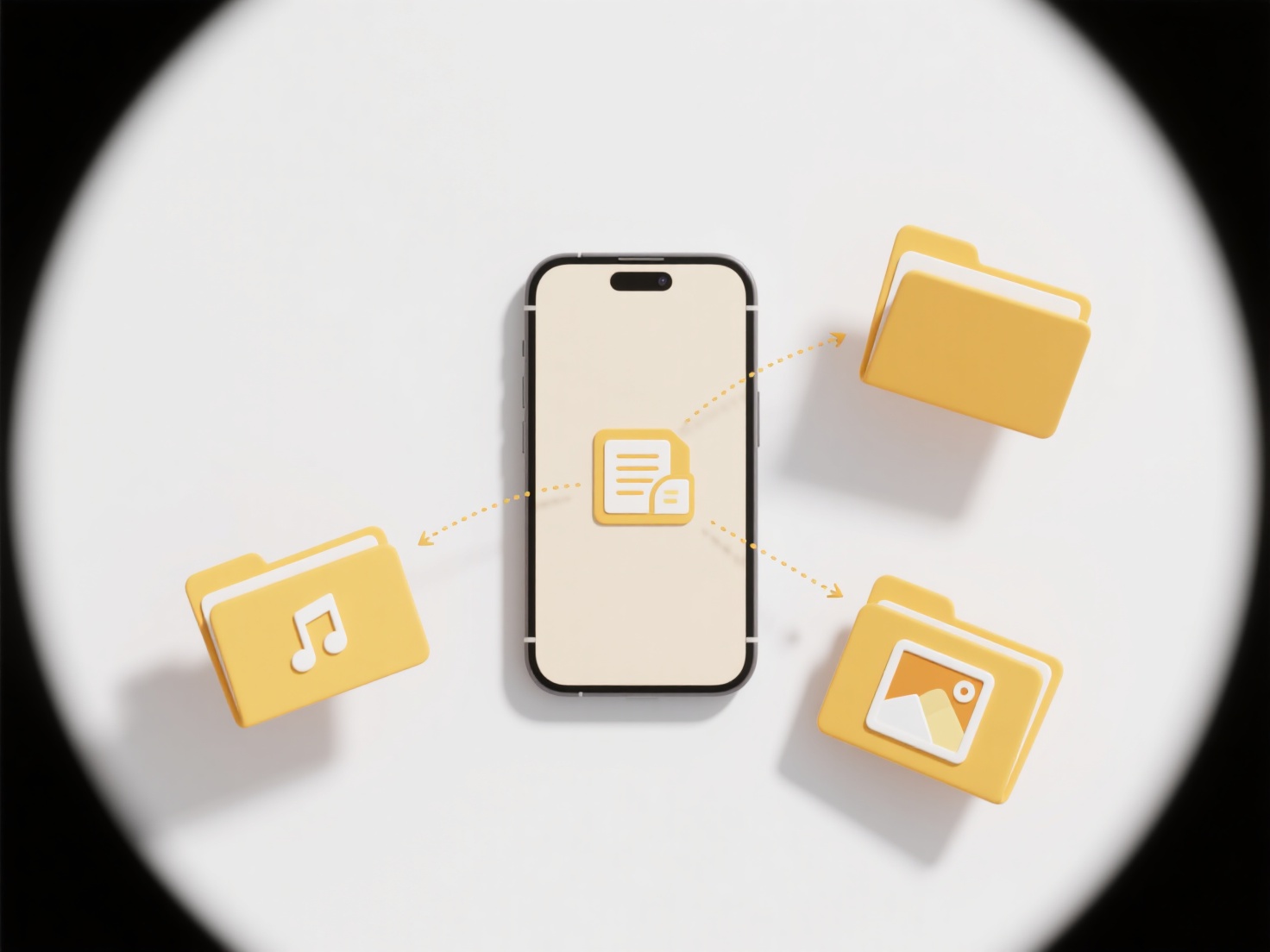
JPEG and JPG are file extensions for the same image format: the JPEG compression standard developed by the Joint Photographic Experts Group. The only difference lies in the number of characters used in the extension: .jpeg uses four characters, while .jpg uses three. Historically, the three-character .jpg became common because older versions of DOS and early Windows operating systems imposed a three-character limit on file extensions. Both extensions represent identical file content; there is no technical difference in the image data or compression between a file saved as .jpeg versus one saved as .jpg.
In practice, you encounter both extensions interchangeably. Digital cameras and photo editing software often save files with the .jpg extension by default, as it remains the most widely recognized. However, web platforms, content management systems (like WordPress), and modern operating systems handle both extensions equally. For example, uploading a .jpeg file to a website or opening a .jpg file in Adobe Photoshop yields the same result – both are processed as standard JPEG images.

The choice between .jpg and .jpeg has no impact on image quality, compatibility, or file size. The limitation is purely historical and aesthetic. Users might occasionally encounter confusion over the two, but modern software recognizes both without issue. The significant considerations for JPEG images relate to their lossy compression itself, which offers small file sizes for photos but introduces compression artifacts and discards some data permanently. Future developments focus more on newer formats like WebP or AVIF rather than differing file extensions for JPEG.
What’s the difference between .jpeg and .jpg?
JPEG and JPG are file extensions for the same image format: the JPEG compression standard developed by the Joint Photographic Experts Group. The only difference lies in the number of characters used in the extension: .jpeg uses four characters, while .jpg uses three. Historically, the three-character .jpg became common because older versions of DOS and early Windows operating systems imposed a three-character limit on file extensions. Both extensions represent identical file content; there is no technical difference in the image data or compression between a file saved as .jpeg versus one saved as .jpg.
In practice, you encounter both extensions interchangeably. Digital cameras and photo editing software often save files with the .jpg extension by default, as it remains the most widely recognized. However, web platforms, content management systems (like WordPress), and modern operating systems handle both extensions equally. For example, uploading a .jpeg file to a website or opening a .jpg file in Adobe Photoshop yields the same result – both are processed as standard JPEG images.

The choice between .jpg and .jpeg has no impact on image quality, compatibility, or file size. The limitation is purely historical and aesthetic. Users might occasionally encounter confusion over the two, but modern software recognizes both without issue. The significant considerations for JPEG images relate to their lossy compression itself, which offers small file sizes for photos but introduces compression artifacts and discards some data permanently. Future developments focus more on newer formats like WebP or AVIF rather than differing file extensions for JPEG.
Quick Article Links
Can I share cloud files with people who don’t use the same service?
Sharing cloud files with individuals not using the same service is possible using link-based sharing features. Most clou...
What’s the most secure document format?
The concept of "most secure document format" depends heavily on how security is defined, typically focusing on preventin...
What’s a good way to name scanned documents for later search?
What’s a good way to name scanned documents for later search? A practical approach involves incorporating key identifi...